Navigation
Install the app
How to install the app on iOS
Follow along with the video below to see how to install our site as a web app on your home screen.
Note: This feature may not be available in some browsers.
More options
Style variation
You are using an out of date browser. It may not display this or other websites correctly.
You should upgrade or use an alternative browser.
You should upgrade or use an alternative browser.
Clay bar
- Thread starter selkov
- Start date
evo77
Member
- Mar 15, 2008
- 600
- 8
A basic every day driver will receive the most contamination IMO. And if the car is not garaged it may be worse depending on geographical location.
Claying will make the surface smooth and allow for better bonding of the paint protection. Plus it just feels much better to the touch when wiping down during regular maintenance!
Doing a SEARCH reveals these informative threads from Mike:
https://www.autogeekonline.net/foru...lay-paint-tips-techniques.html?highlight=clay
https://www.autogeekonline.net/foru...ten-do-i-need-clay-my-car.html?highlight=clay
Claying will make the surface smooth and allow for better bonding of the paint protection. Plus it just feels much better to the touch when wiping down during regular maintenance!
Doing a SEARCH reveals these informative threads from Mike:
https://www.autogeekonline.net/foru...lay-paint-tips-techniques.html?highlight=clay
https://www.autogeekonline.net/foru...ten-do-i-need-clay-my-car.html?highlight=clay
Mike Phillips
Active member
- Dec 5, 2022
- 51,004
- 6
This is real simple to "know" if you need to clay your car's paint.
Get a clean sandwich baggie and after FIRST washing and drying the car (so it's clean without dirt or dust on it), feel the paint with the baggie.
If you feel little bumps on the paint - you need to clay.

Get a clean sandwich baggie and after FIRST washing and drying the car (so it's clean without dirt or dust on it), feel the paint with the baggie.
If you feel little bumps on the paint - you need to clay.
Mike Phillips
Active member
- Dec 5, 2022
- 51,004
- 6
Here you go....
The Baggie Test as seen on Competition Ready TV with AJ and Mike Phillips
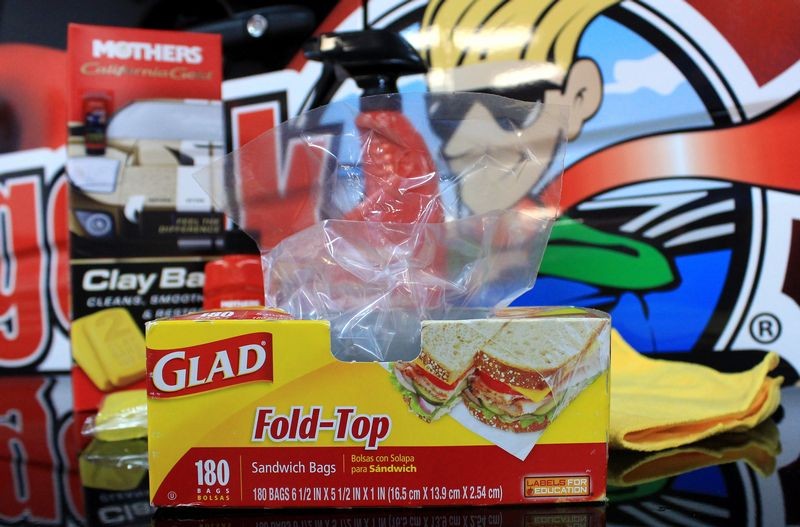

The Baggie Test
The Baggie Test is a simple test anyone can do at home in their garage to check and inspect if their car has contamination that needs to be removed.
You should always do the baggie test to a clean, dry car. So wash and dry your car before you do the Baggie Test. And keep in mind that if you discover little bumps on the paint when you feel the paint through the sandwich baggie AND you just washed and dried the car - this means these contaminants have a strong enough bond to the paint that they DIDN'T WASH OFF and this means you need to use detailing clay to remove these contaminants.
How to use the Baggie Test to inspect your car's paint
Step 1: Wash and dry car.
Step 2: Feel the paint first with your clean, dry hand.
Step 3: Now feel the paint with your hand inside a clean plastic sandwich baggie.
NOTE: Use a light touch so you don't accidental scratch the paint anytime you're doing the baggie test.
Results from the Baggie Test?
If you feel little bumps on the surface this is a sign that your car's paint is contaminated and needs to be clayed.

The Baggie Test as seen on Competition Ready TV with AJ and Mike Phillips
The Baggie Test
The Baggie Test is a simple test anyone can do at home in their garage to check and inspect if their car has contamination that needs to be removed.
You should always do the baggie test to a clean, dry car. So wash and dry your car before you do the Baggie Test. And keep in mind that if you discover little bumps on the paint when you feel the paint through the sandwich baggie AND you just washed and dried the car - this means these contaminants have a strong enough bond to the paint that they DIDN'T WASH OFF and this means you need to use detailing clay to remove these contaminants.
How to use the Baggie Test to inspect your car's paint
Step 1: Wash and dry car.
Step 2: Feel the paint first with your clean, dry hand.
Step 3: Now feel the paint with your hand inside a clean plastic sandwich baggie.
NOTE: Use a light touch so you don't accidental scratch the paint anytime you're doing the baggie test.
Results from the Baggie Test?
If you feel little bumps on the surface this is a sign that your car's paint is contaminated and needs to be clayed.
Mike Phillips
Active member
- Dec 5, 2022
- 51,004
- 6
How to clay your car
For Kyle Tucker's 1970 Chevelle "The Villain" - we used Mothers California Gold Clay Bar Paint Saving System.
Step 1: Kneed the Mothers clay bar into a patty about the size of a pancake.
Step 2: Spray some Mothers Instant Detailer onto a section of paint.
Step 3: Rub the clay patty back and forth using straight line motions over the section of paint.
Step 4: After you feel the clay patty begin to glide effortlessly over the paint stop claying and use a clean microfiber towel to wipe off the residue.
This section is now clayed and you can now move onto a new section of paint. Divide body panels of your car into smaller sections, about 2 feet by 2 feet or smaller and after claying a section and wiping it dry, move onto a new section until you have clayed all the horizontal surfaces. If you feel contaminants on the vertical panels using the baggie test you can clay these surfaces too.
After claying your car you should apply a fresh coat of wax. The Mothers Clay Bar Kit includes a sample of Mothers Synthetic Wax which contains enough wax to cover an average size passenger car.
Here's AJ about to inspect the paint using the Baggie Test

Use a light touch - that's all that's needed to inspect your car's paint for contamination.

You can also inspect glass and other hard surfaces and if you discover little bumps it's okay to clay these surfaces also.
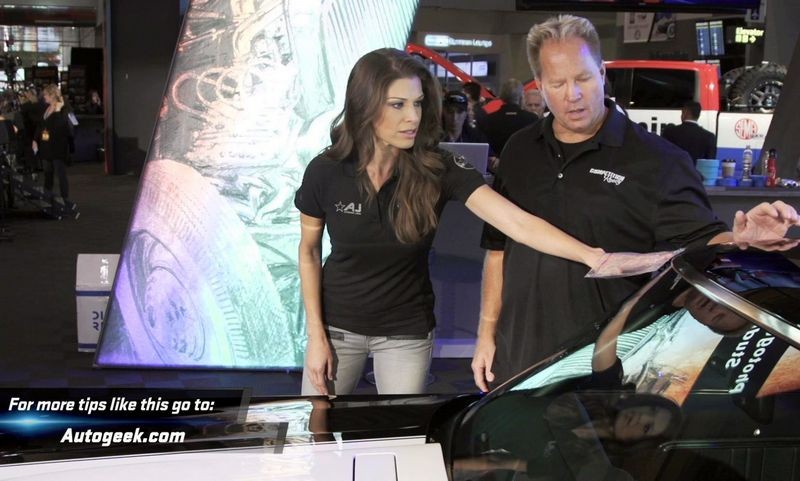
Mike explains where contamination comes from, which are any type of air-borne contaminants like,
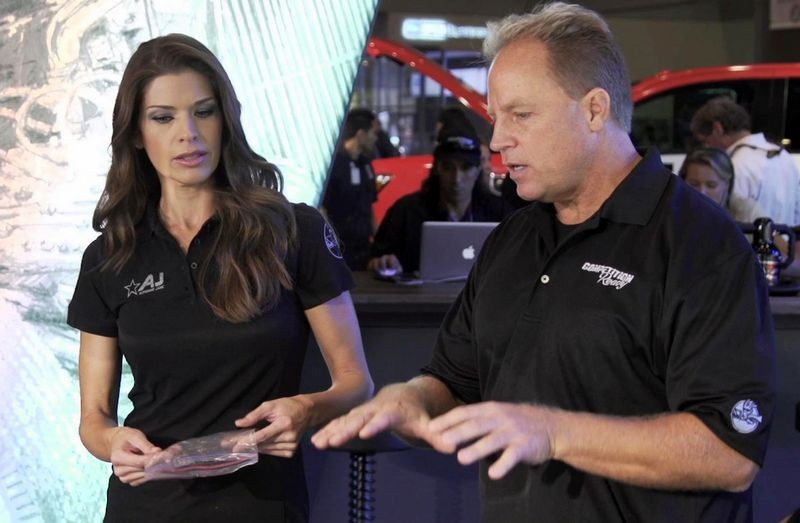
Mother's clay bars come in a protective plastic wrap to keep them clean until ready to use. Before using the clay bar remove it from the plastic wrapper.

Next using your thumbs and fingers, knead the clay bar into a patty about the size of a pancake.
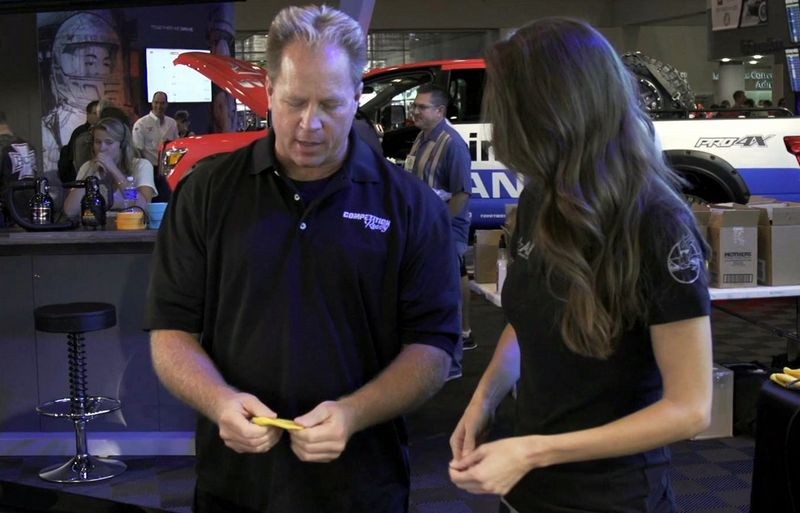
Spray a section of paint using the Mothers Instant Detailer. Use enough product to make the surface wet so the clay patty will glide over the paint.
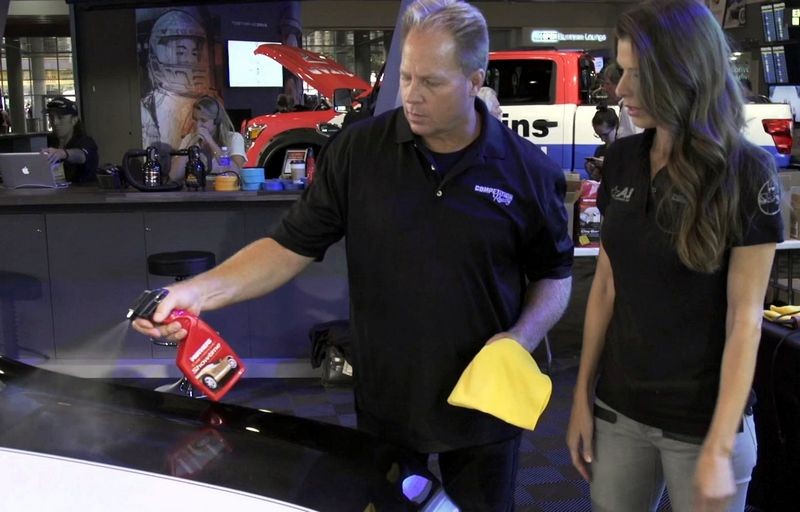
Then placing your had flat against the patty of clay, rub the clay patty in a back and forth motion over a section of paint.


Normally you'll feel the clay patty drag a little as it is removing contamination. As the contaminants are removed the clay will begin to glide effortlessly. This is a sign the contaminants on this section of paint have been successfully removed.
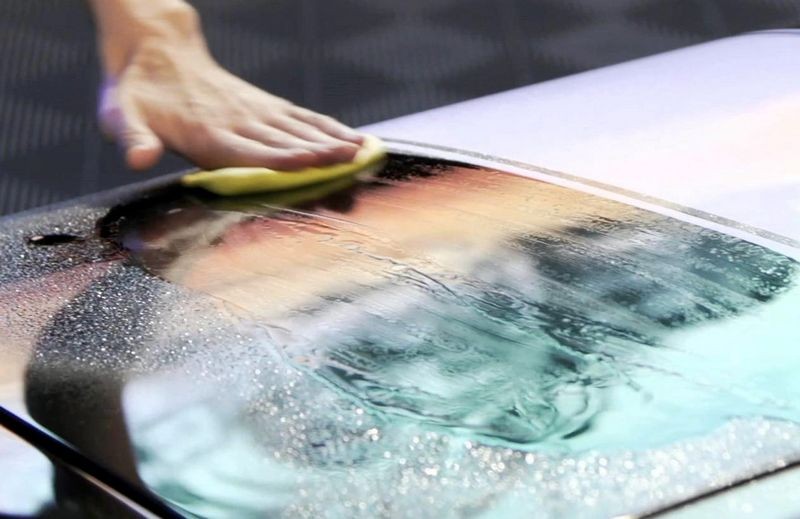
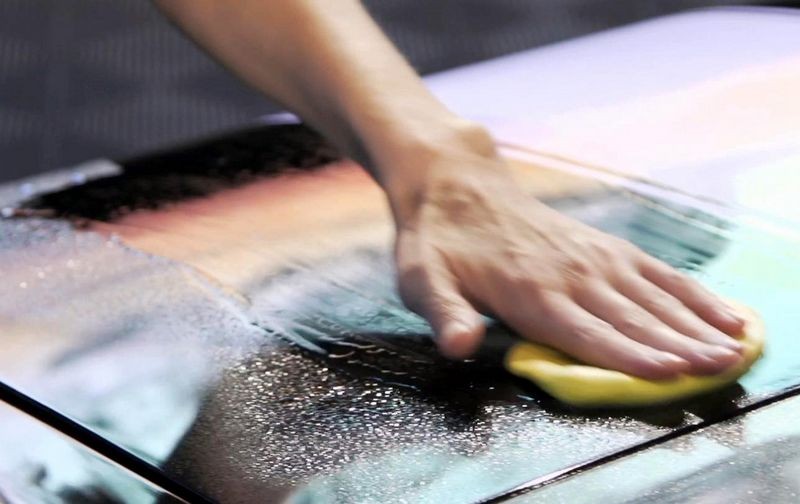
Next step...
After claying a section, use the Mothers microfiber towel to remove the residues and then move onto a new section. Repeat this till all the contaminated panels are clean and smooth.

For Kyle Tucker's 1970 Chevelle "The Villain" - we used Mothers California Gold Clay Bar Paint Saving System.
Step 1: Kneed the Mothers clay bar into a patty about the size of a pancake.
Step 2: Spray some Mothers Instant Detailer onto a section of paint.
Step 3: Rub the clay patty back and forth using straight line motions over the section of paint.
Step 4: After you feel the clay patty begin to glide effortlessly over the paint stop claying and use a clean microfiber towel to wipe off the residue.
This section is now clayed and you can now move onto a new section of paint. Divide body panels of your car into smaller sections, about 2 feet by 2 feet or smaller and after claying a section and wiping it dry, move onto a new section until you have clayed all the horizontal surfaces. If you feel contaminants on the vertical panels using the baggie test you can clay these surfaces too.
After claying your car you should apply a fresh coat of wax. The Mothers Clay Bar Kit includes a sample of Mothers Synthetic Wax which contains enough wax to cover an average size passenger car.
Here's AJ about to inspect the paint using the Baggie Test
Use a light touch - that's all that's needed to inspect your car's paint for contamination.
You can also inspect glass and other hard surfaces and if you discover little bumps it's okay to clay these surfaces also.
Mike explains where contamination comes from, which are any type of air-borne contaminants like,
- Overspray paint
- Industrial fallout
- Traffic pollution
- Tree Sap Mist
Mother's clay bars come in a protective plastic wrap to keep them clean until ready to use. Before using the clay bar remove it from the plastic wrapper.
Next using your thumbs and fingers, knead the clay bar into a patty about the size of a pancake.
Spray a section of paint using the Mothers Instant Detailer. Use enough product to make the surface wet so the clay patty will glide over the paint.
Then placing your had flat against the patty of clay, rub the clay patty in a back and forth motion over a section of paint.
Normally you'll feel the clay patty drag a little as it is removing contamination. As the contaminants are removed the clay will begin to glide effortlessly. This is a sign the contaminants on this section of paint have been successfully removed.
Next step...
After claying a section, use the Mothers microfiber towel to remove the residues and then move onto a new section. Repeat this till all the contaminated panels are clean and smooth.
PaulMys
Active member
- Jan 14, 2014
- 10,772
- 1
So I see options - Clay Bars - Clay rags -Clay Mitts - Megquires speed clay.
Is there a benefit to one or the other?
Im inclined to try a rag over the bar or even the speed clay but not at the expense of performance.
If you have heavy contamination, I would use a real clay bar. They come in different grades. (Aggressive to mild).
Once you keep on top of your paint maintenance-wise, then a synthetic clay (towel, disc, or sponge) will save you a lot of time.
After doing a baggie test if your paint feels like 80-grit sandpaper consider buying a medium grade clay bar product. If you have some but not tons then consider a fine grade for this step.
If you do use the medium grade you might 'mar' the paint even with a good lubricant. That would require then some polishing to remove (ugh more work).
The fine grade will be a safe way or substitute a synthetic clay for this purpose too, Mike has some great videos on this selection.
If you do use the medium grade you might 'mar' the paint even with a good lubricant. That would require then some polishing to remove (ugh more work).
The fine grade will be a safe way or substitute a synthetic clay for this purpose too, Mike has some great videos on this selection.
Eldorado2k
Well-known member
- Nov 9, 2015
- 14,426
- 527
80 grit
I recommend getting the Med. Grade as well.. I use it for just about every vehicle I need to clay. It’s pretty rare for it to marr OEM paint.
I don’t even own a fine grade claymitt.

I recommend getting the Med. Grade as well.. I use it for just about every vehicle I need to clay. It’s pretty rare for it to marr OEM paint.
I don’t even own a fine grade claymitt.
Driveway and garage daily driver hobby/enthusiast here. I’ve used several brands of clay bars and Griot’s Garage Brilliant Finish Synthetic Clay.
The Synthetic is a much nicer experience for a number of reasons.
Whatever you choose, don’t overthink it. Keep it simple. There is plenty of information on the forum and great products at the store. Try to enjoy the process and you will be very happy with the final results.
The Synthetic is a much nicer experience for a number of reasons.
Whatever you choose, don’t overthink it. Keep it simple. There is plenty of information on the forum and great products at the store. Try to enjoy the process and you will be very happy with the final results.
Eldorado2k
Well-known member
- Nov 9, 2015
- 14,426
- 527
I always pick Mothers kit since it is really hard to beat for the price.
It's available just about anywhere.
Same product Mike is using in his pics.
Yup, I like the claymitt, but I always have a good old claybar available on my shelf. 2-3 different kinds actually.
WillSports3
New member
- Jun 13, 2016
- 1,453
- 0
The Mothers clay kit is awesome. I use it for for when I do a car that's only seen the brush wash "paint protection wax" at gas stations. Generally speaking, I use the CarPro clay block. Just quicker on a car that's had decent protection.
rlmccarty2000
New member
- Dec 23, 2013
- 2,002
- 0
I really like a clay towel. I tried to like regular clay but I’m fumble fingered and I kept dropping it before I finished the job. Dropping a clay towel is not a disaster like dropping a clay bar, just rinse the clay towel and get back to work.
Mike Phillips
Active member
- Dec 5, 2022
- 51,004
- 6
One last thought - Clay bar vs Meguires M105 polish?
If I use the polish do I still need to clay bar?
Yes.
Clay removes contaminants that are BONDED ON TOP of the paint
Compound removes defects that are IN the paint.
If you want to go DEEP - when machine buffing with FOAM pads the foam tends to just GLIDE over bonded contaminants - it will not remove them as well as a dedicated mechanical process.
I wish I had a dollar for every time I've answered this question. Good question. If you FEEL contamination on the paint then CLAY first and then COMPOUND.
WillSports3
New member
- Jun 13, 2016
- 1,453
- 0
Also if you polish without claying, if your paint levelling process removes the contaminants, then you're basically scouring them over your paint as you polish. Considering what a lot of bonded contaminants actually are like embedded brake dust, industrial fall out, hardened sap, or rubber/tar, you don't want rub that over your paint. Also will destroy your pads a lot quicker.